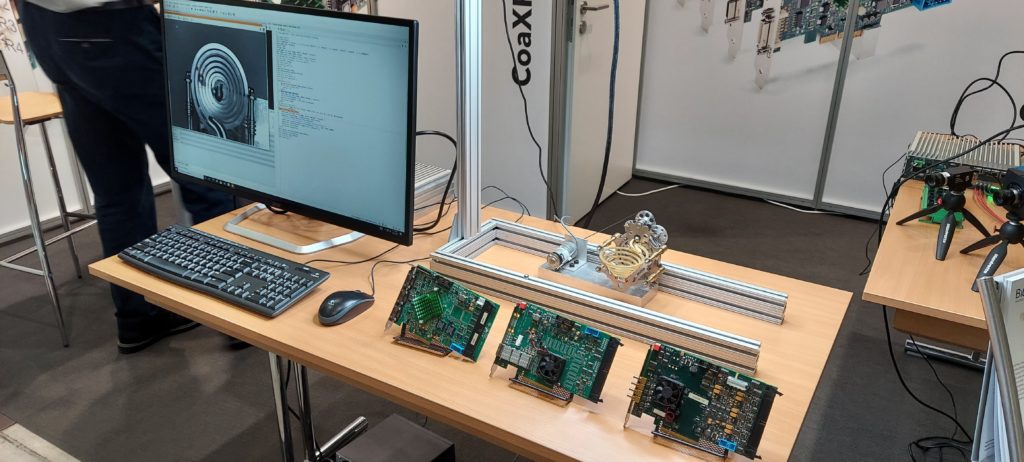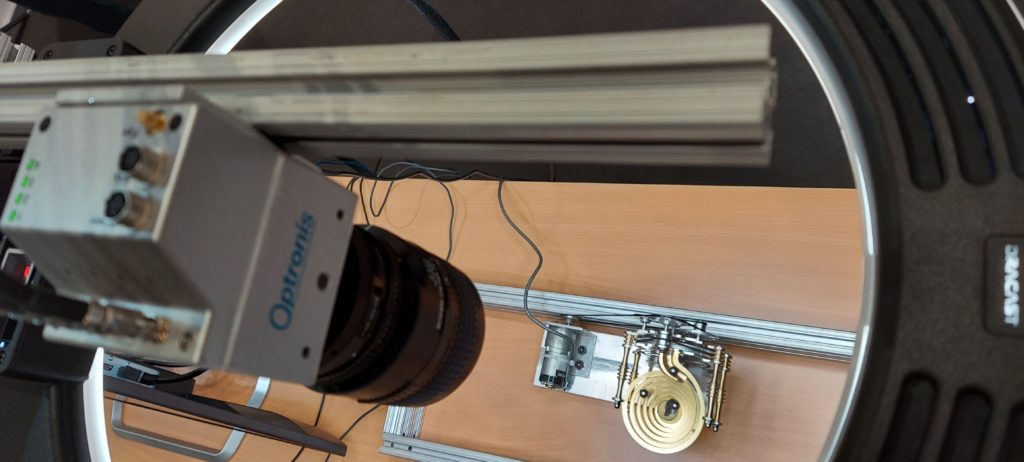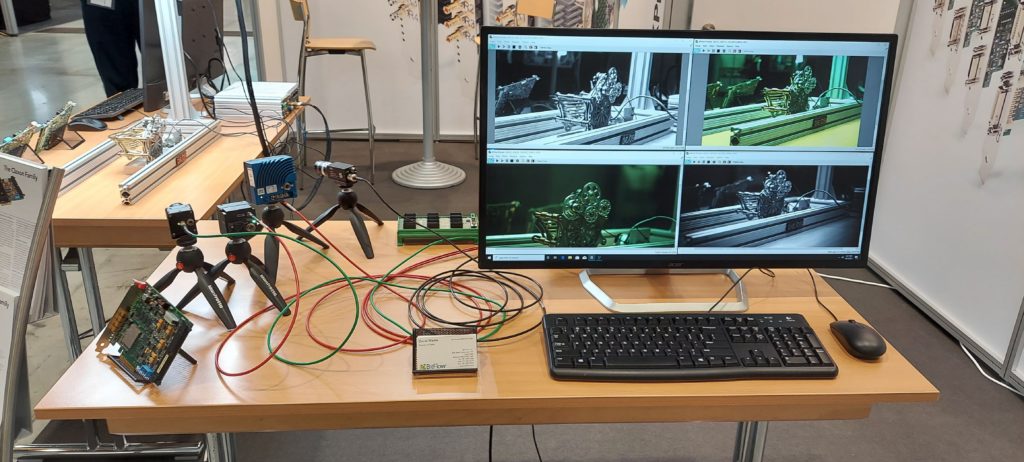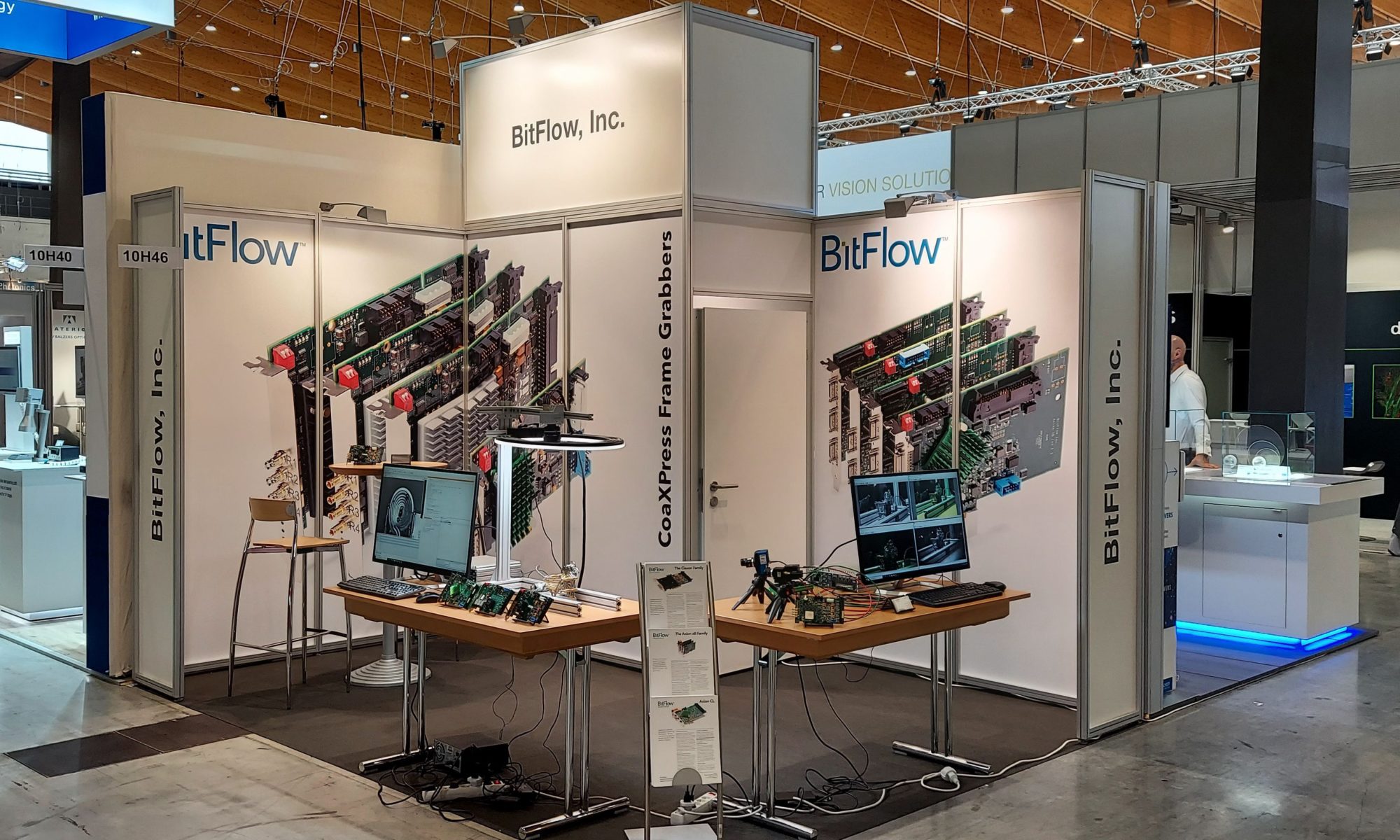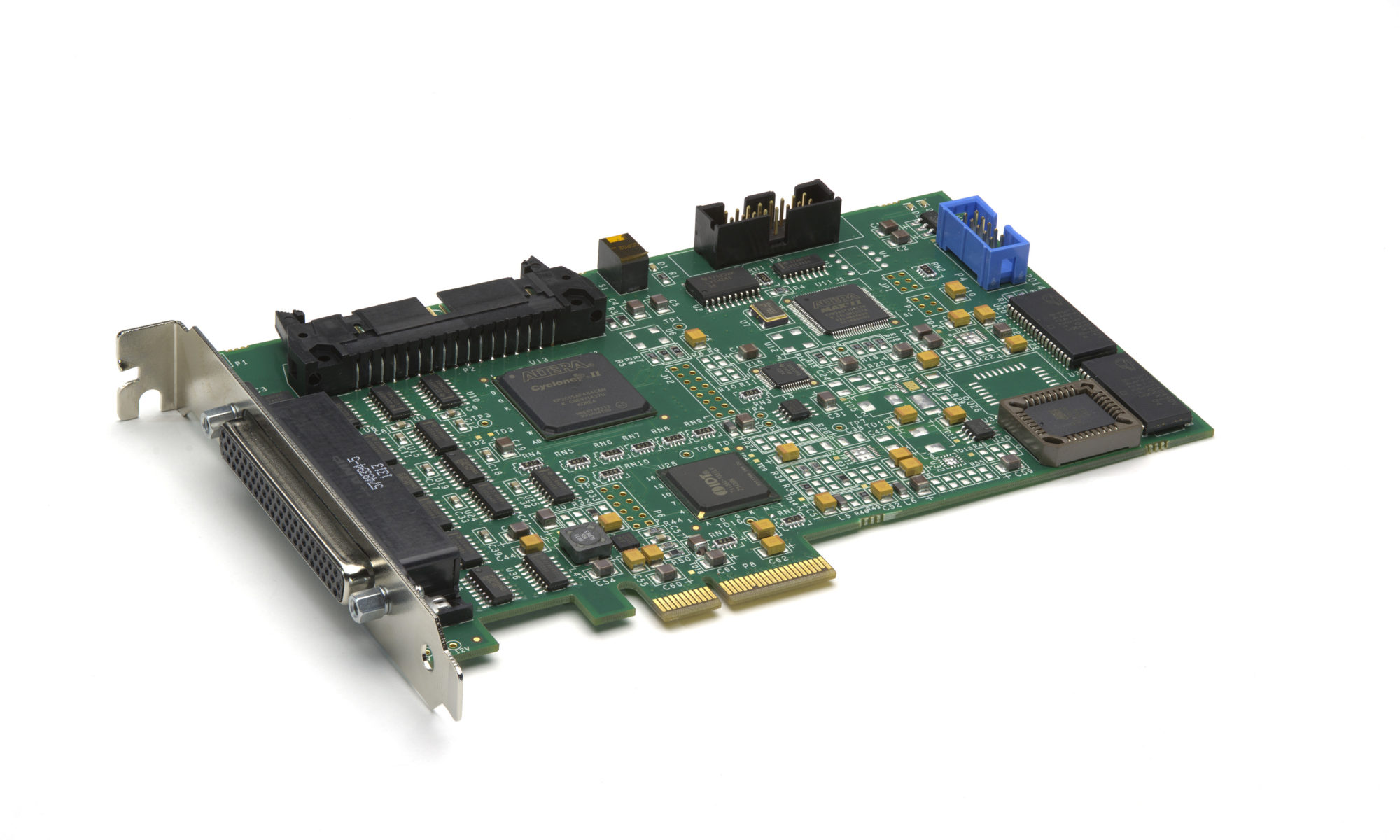High-Speed Cyton CXP-4 transmits data of 13 subsurface images at various depths captured at 720 frames per second and 2116 DPI with no latency
WOBURN, MA, MAY 14, 2021 — In an effort to disguise his fingerprints, the prohibition-era gangster John Dillinger famously had doctors cut away the outer layer of his skin, the epidermis, and dip his fingertips into hydrochloric acid. Since then, criminals looking to evade capture have had their fingerprints sanded off, burned off with cigarettes, and have applied super glue so the ridges were not identifiable.
Fingerprints link people to their arrest records and outstanding warrants. Obliterating them seemingly provides a clean slate. However, a collection of skin layers, around 200 − 400 µm beneath the finger surface, is composed of live cells that is collectively called the “viable epidermis” or internal fingerprint. It essentially has the same topography as the finger surface. One of the most promising identification technologies for imaging below the surface of an external fingerprint is full-field optical coherent tomography (FF-OCT). While effective, FF-OCT can be expensive and cumbersome, despite its proven ability for biometric use, and is limited to large benchtop systems.
To overcome these limitations, researchers at the PSL Research University (Paris, France), the Polish Academy of Sciences (Warsaw, Poland), and the Norwegian University of Science (Gjøvik, Norway) developed a more compact, mobile and inexpensive FF-OCT that may lay grounds for enabling more widespread use of this technology. The newly designed system is comprised of an Adimec two-megapixel camera, a BitFlow Cyton-CXP4 CoaXPress four-lane frame grabber, an interferometer and a NIR light emitting diode. The system enables recording of 1.7 cm × 1.7 cm images of subsurface finger features, such as internal fingerprints and sweat ducts. A lightweight slab of plexiglass of 30 cm × 30 cm × 1 cm in size was used to cover the top of the system, against which a hand could be rested during the fingerprint imaging for a more stable acquisition.
LED illumination provided 900 mW of spatially incoherent light at 850 nm. Light was magnified 5X by lenses so that the divergence of the emerging light from the LED is decreased. This design helped to retain as much of the LED’s light as possible, which was necessary to operate the camera close to its saturation level and to ensure the homogeneous illumination of the entire sample area.
One of the challenges the researchers faced was running the camera at a maximum speed of 720 frames per second (fps), which together with the large number of pixels put a high demand on the data transfer requirements between the camera and the computer. To address this problem, the BitFlow Cyton-CXP4 frame grabber — capable of transferring the data at the maximum speed of 25 Gb/s — was installed. The sensor was controlled by an Adventech microcomputer with one PCIex16 slot dedicated to the BitFlow frame grabber. Thirteen FF-OCT images could be acquired at different depths by stepping a reference reflector every 50 µm between the acquisitions, resulting in images acquired in the range of 0 µm to 600 µm. Each was recorded in 570 milliseconds at 2116 dpi showing both the subsurface fingerprint and sweat ducts.
To demonstrate the accuracy of the FF-OCT, testing of 585 subjects and 6 unique fingers for each subject was conducted. Commercial-off-the-shelf fingerprint software from Neurotechnology was used, resulting in a Detection Error Trade-off and Receiver Operating Characteristics that showed a false rejection rate of 1.38% and the False Acceptance Rate of 0.1%. These results support the applicability of the new system for fingerprint imaging in real-life deployment.
Researchers found that the new FF-OCT was particularly useful when the surface of a finger is heavily damaged. The FF-OCT can still record a fingerprint image because of the remaining internal fingerprint, which is actually now easier to image because most of the scattering and absorbing epidermis layer is removed.
Researchers are continuing their work hoping to create even more compact and cost-effective FF-OCT designs, along with improved algorithms for better extraction of subsurface information.
